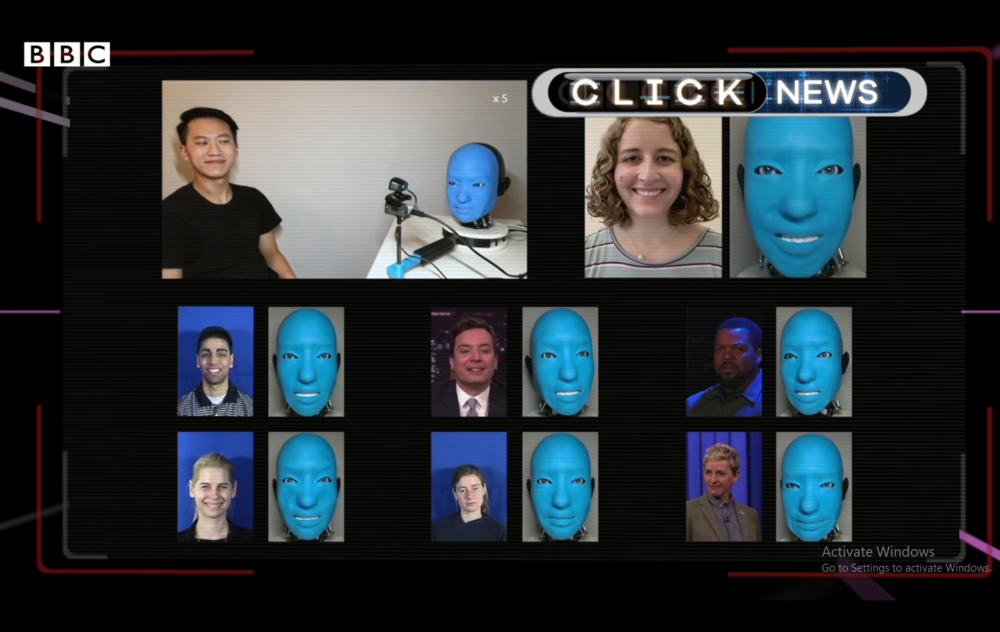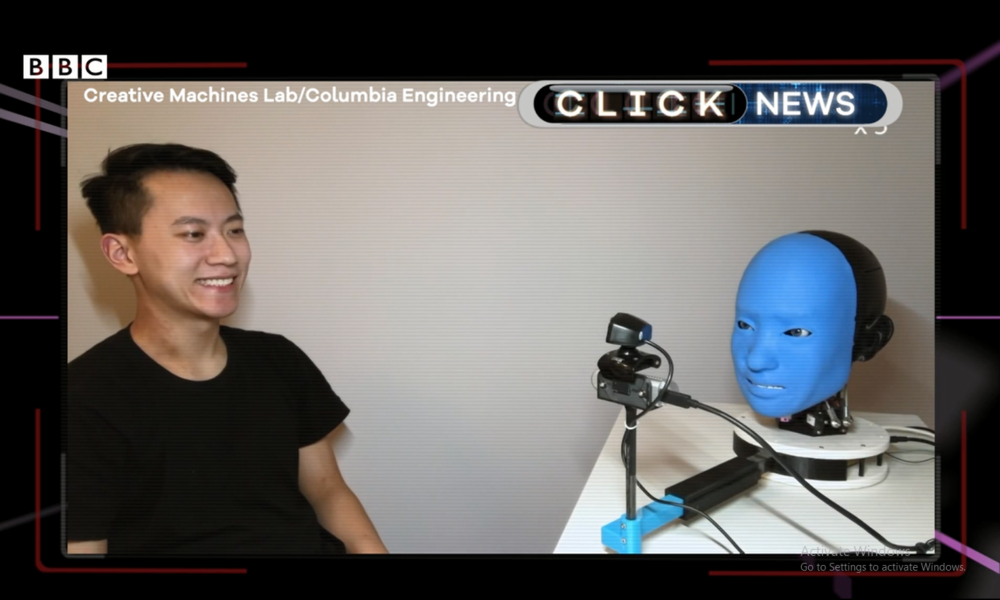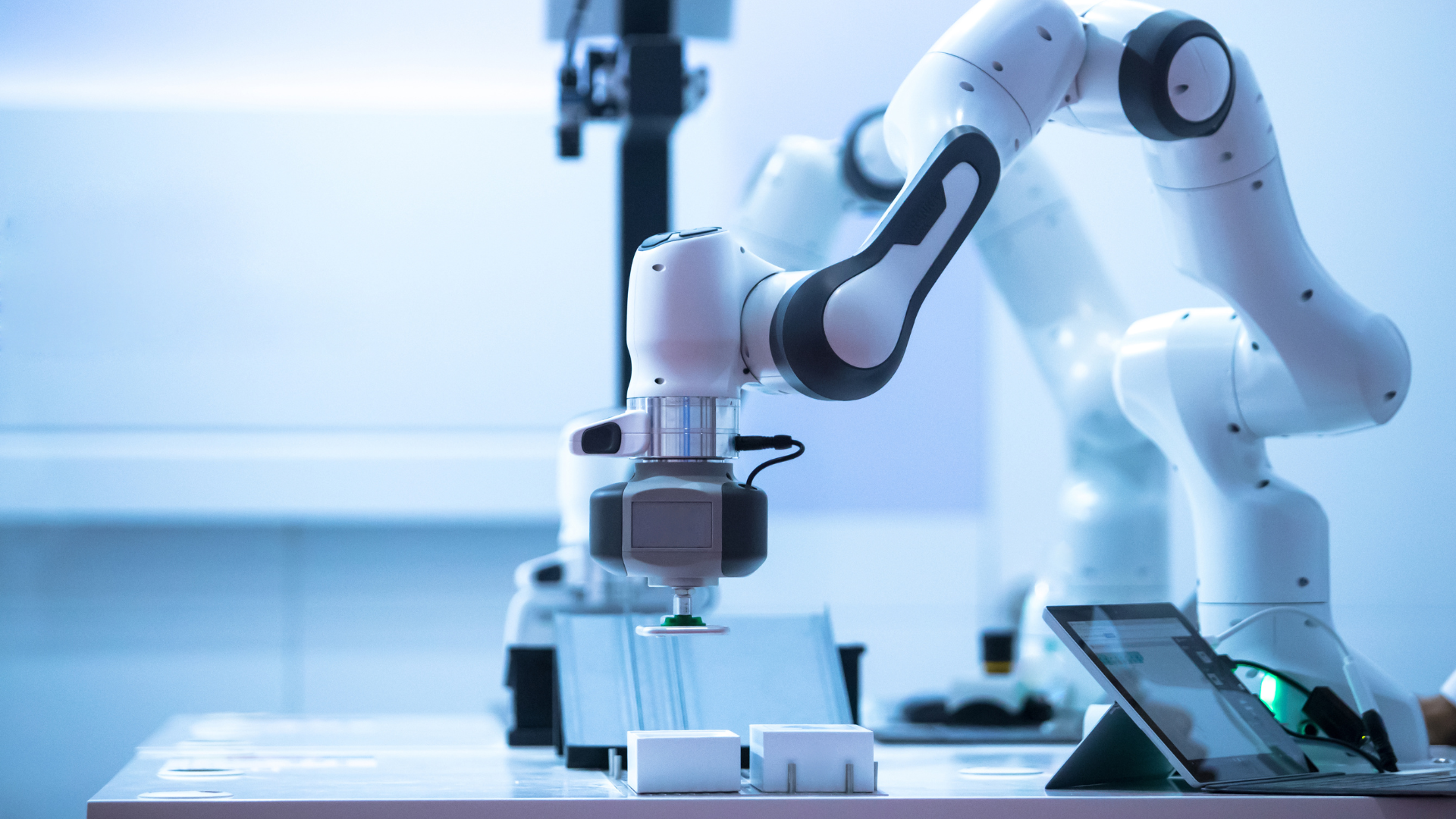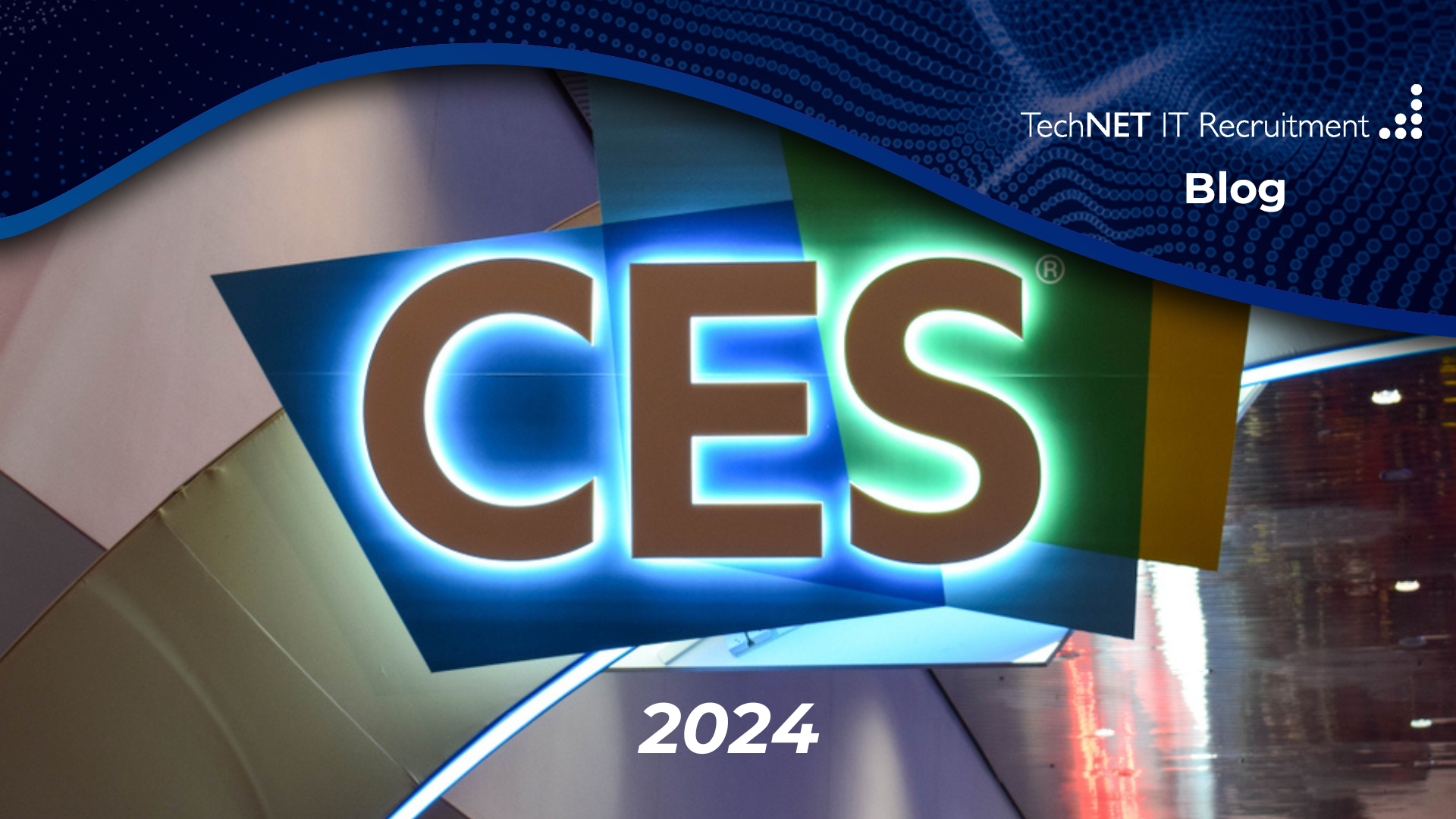

What if we told you, a robotic head could match your expressions in real-time?
Blue-faced and flexible like a genie in a lamp…Scientists at Columbia University, New York have developed Eva, the autonomous bot that uses deep learning, a form of artificial intelligence (AI), to ‘read’ and then mirror the expressions on human faces, through a camera.


Tasks that can be performed through deep learning are object recognition, speech recognition, and language translation. As a result, Eva can express the six basic emotions – anger, disgust, fear, joy, sadness, and surprise.
It doesn’t stop there; she’s still learning thanks to her artificial ‘muscles’. These cables and motors are used to pull on Eva’s face replicating muscles beneath human skin. Deep learning, a subclass of machine learning, utilizes a hierarchical level of artificial neural networks to carry out the process of machine learning. The artificial neural networks are built to replicate the human brain, with neuron nodes connected like a web. Additionally, with functions that operate in a nonlinear decision-making process. Deep learning occurs when decisions are made on unstructured data without supervision.
A great advantage of deep learning is that it unravels huge amounts of unstructured data that would normally take humans decades to understand and process. Saving us time and energy.
An example of deep learning in the IT world comes when electronics maker Panasonic has been working with universities and research centres to develop deep learning technologies related to computer vision. Companies such as Panasonic anticipate in the future, applications to pursue a safer and easier life by implementing AI technology into daily lives, business, and human behaviours.
Deep learning is used by a variety of different industries for many different tasks. A few examples of deep learning incorporation include commercial apps that use image recognition, open-source platforms with consumer recommendation apps, and medical research tools that explore the possibility of reusing drugs for new ailments.
In conclusion, imagine a world where humans and robots could co-exist. For example, Eva could be the missing piece of the tech puzzle to building trust between humans and their robotic co-workers and caregivers across hospitals, schools and at home.
Say bye to poker-faced robots where there is personalisation.






